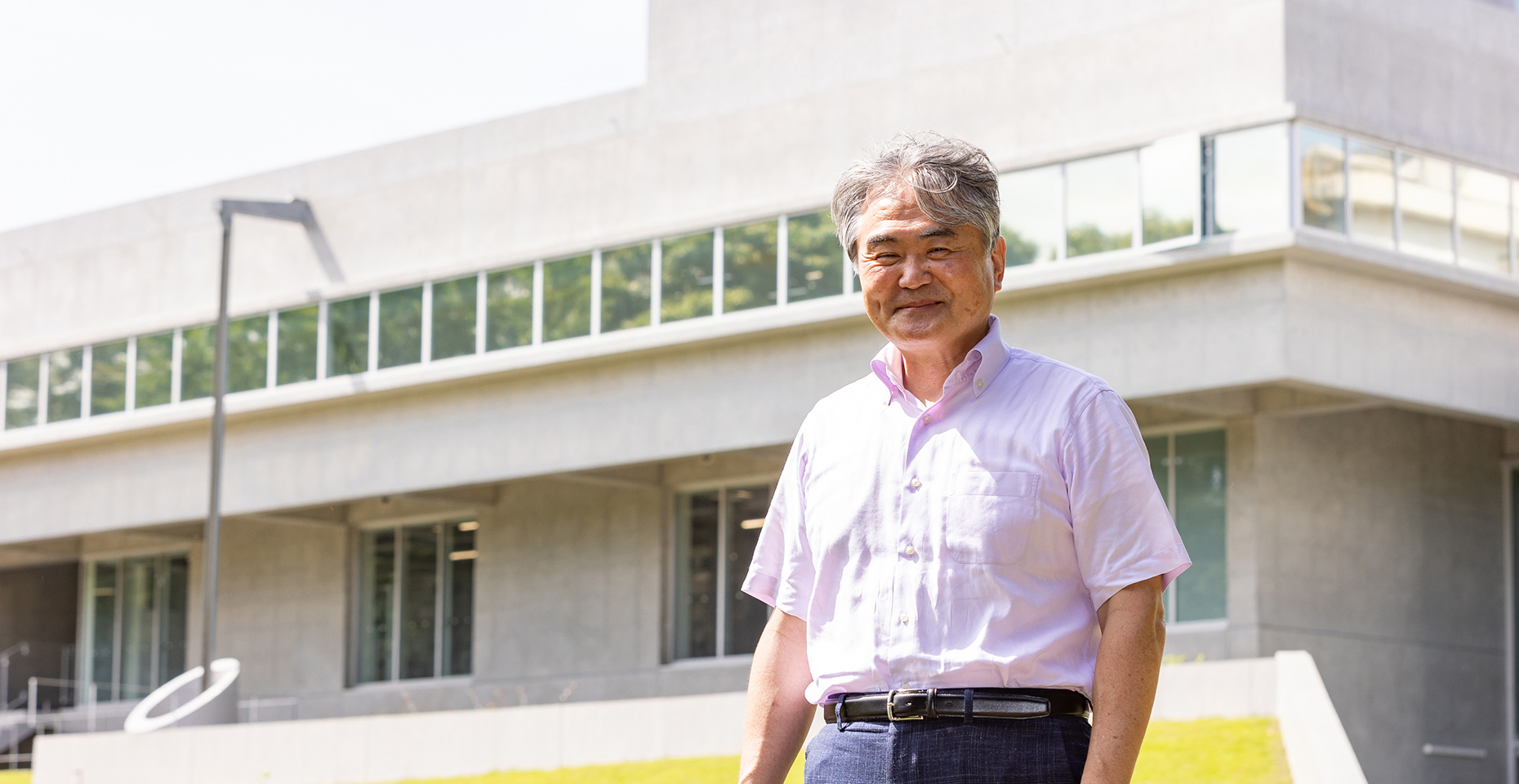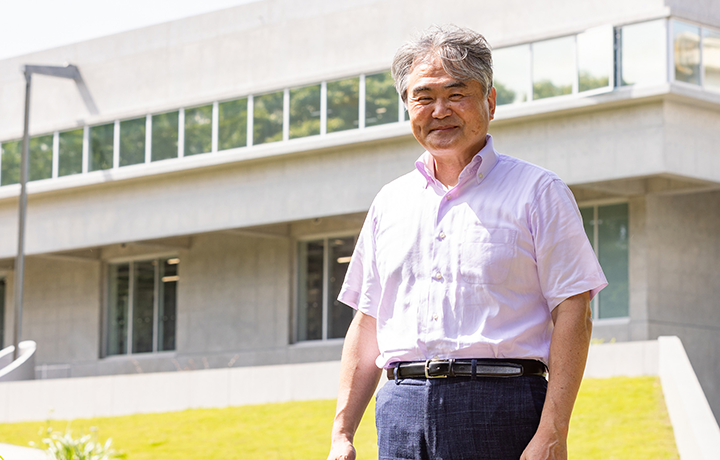Chiba University is the only national university with a Faculty of Horticulture. This academic field has a long history and a broader variety of topics than one might imagine from the term “horticulture.” While research progresses day and night, a focus in recent years has been the major contributions that this domain can be expected to make in the achievement of a sustainable society and in the realization of Sustainable Development Goals (SDGs).
In our conversation with Dr. Nobuhiro Matsuoka, Dean of the Graduate School and the Faculty of Horticulture, Chiba University, we were able to cover, in detail, the current activities underway at the Faculty of Horticulture. The topics studied at the Faculty focus on the use of advanced technologies that enable researchers at the Faculty to carry “horticulture science” to outer space.
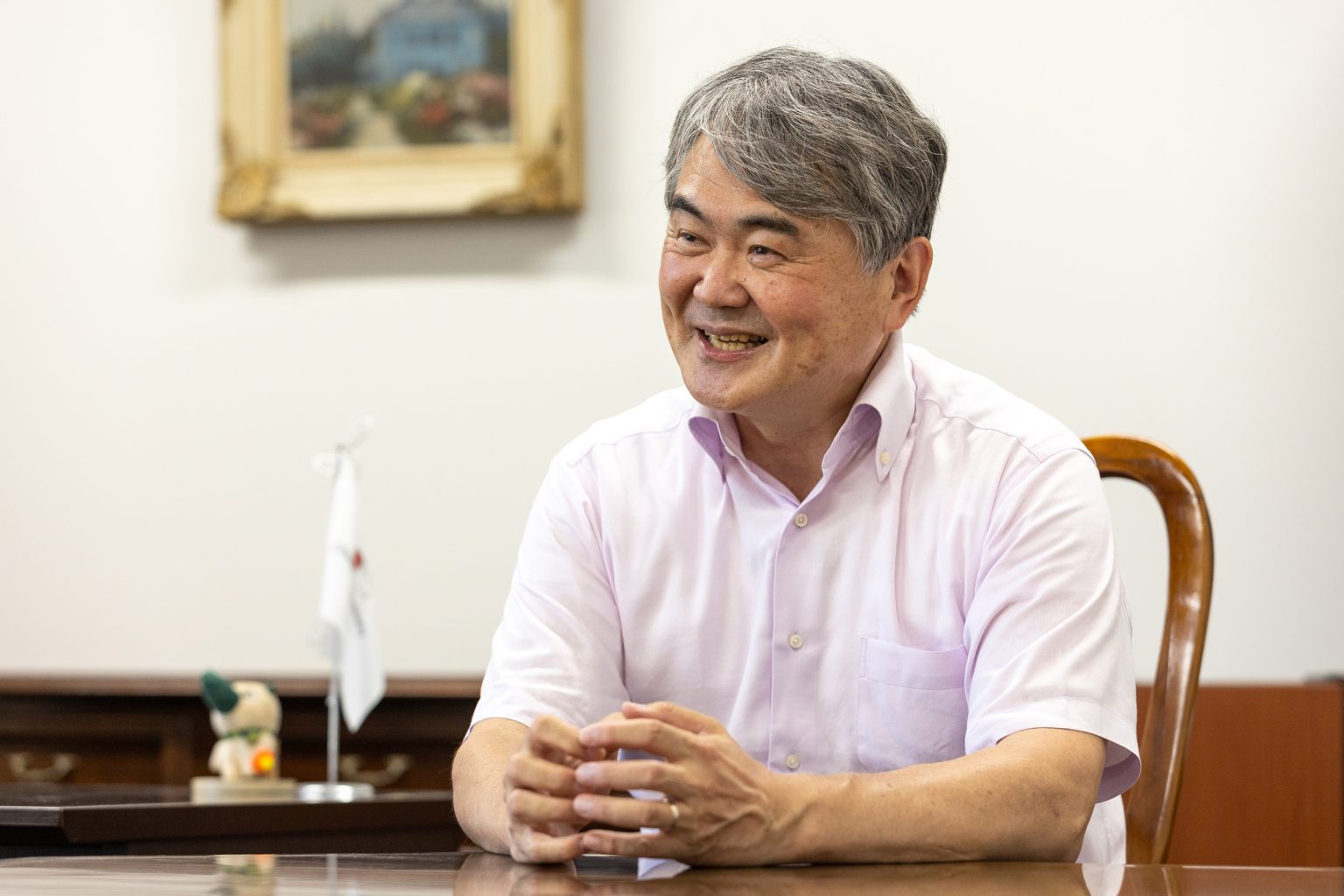
The Faculty of Horticulture boasts a history of more than 100 years
Horticulture is a faculty name that leaves a strong impression and is closely linked with Chiba University itself. Is horticulture a science with deep roots in Chiba Prefecture?
Chiba is surrounded on three sides by the ocean. It has a temperate climate, with warm winters and cool summers. Thus, even before the advent of the contemporary “cold chain” distribution systems, fresh crops produced here could be carried into the large urban area of Tokyo. Thus, horticulture and fisheries industries developed and thrived in Chiba Prefecture.
At the same time, this field “flowered” (so to speak!) with the development of academic research and technologies. In 1909, the Chiba Prefectural Technical College of Horticulture was founded. This was the precursor of today’s Faculty of Horticulture. The name has been passed down from the time of the launch of the national university in 1949, and thus the Faculty is one with a long and proud tradition.
One might easily think that we only perform research on flowers here at the Faculty of Horticulture. Actually, horticulture is concerned with the culture of vegetables, fruits, and flowers. Going by a broader definition, we include landscape and environmental protection also in this discipline. In fact, this is one of our strengths here at Chiba University, that we cover such a wide range of topics. At other universities, there is often a division between engineering and science, biological sciences, and chemistry-related sciences. We don’t put up such walls here at the Faculty of Horticulture; students have an opportunity to study some or all of these in a comprehensive fashion. We offer a variety of disciplines, including those that may exceed your imagination.
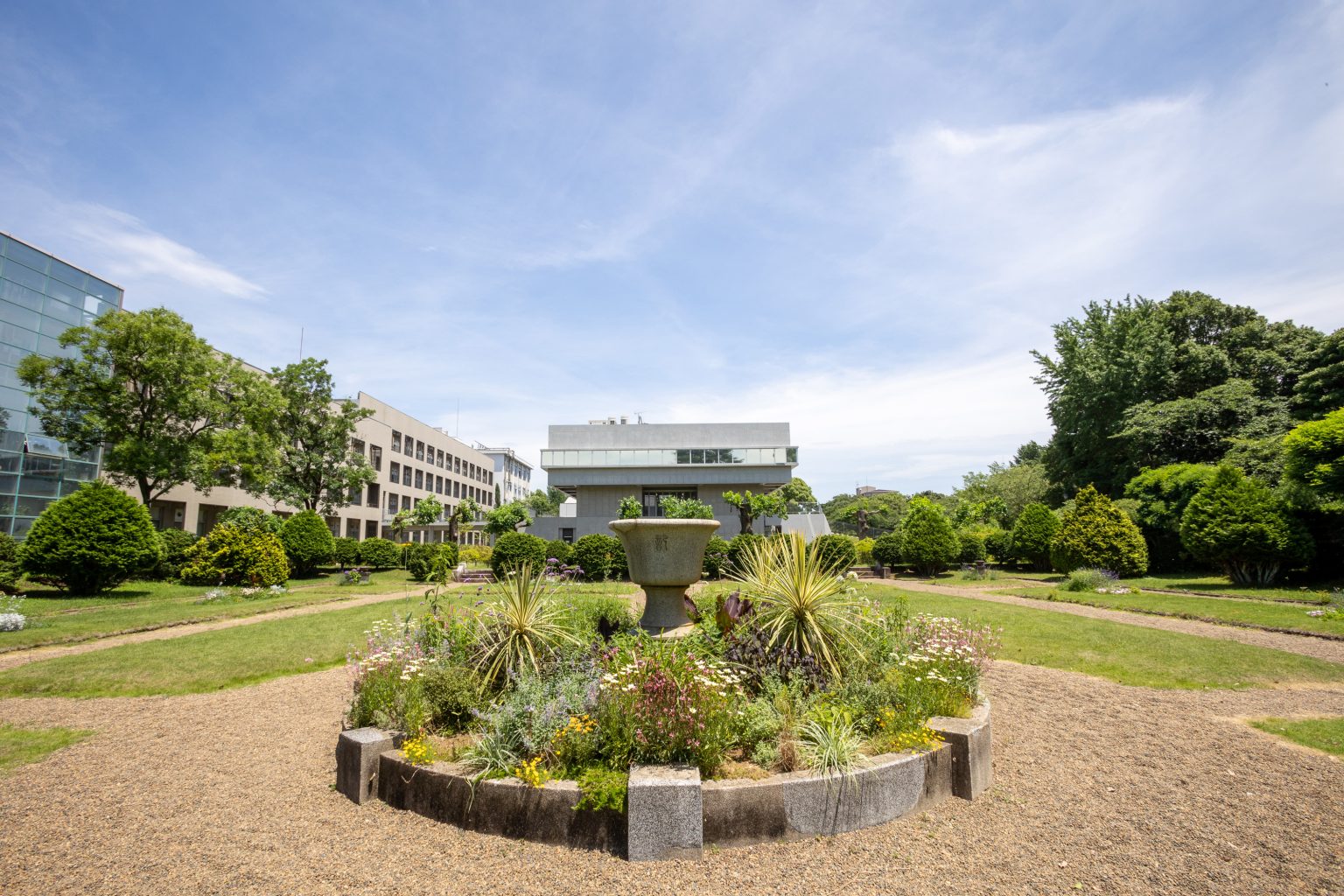
Horticulture is transitioning to an era of “smart agriculture”
What kind of study and research is pursued at the Faculty of Horticulture?
Research at the Faculty can be roughly divided into horticultural sciences and landscape science.
In horticultural sciences, our research is focused on four areas: 1. the development of horticultural plant production technologies (including cultivation, breeding, etc.); 2. the analysis of cultivation environments (soil, climate and weather, microorganisms, and others); 3. effective utilization of biological resources; and 4. industrial management, marketing, and policies for fields related to these. We divide horticulture into two environmental types: “open-field cultivation,” where crops are impacted by the changing external conditions; and “protected or greenhouse horticulture,” where items are grown indoors under controlled environmental conditions.
Open-field cultivation not only includes technologies for the cultivation of crisp cabbages even in the winter, but also the development of new breeds in tandem with consumer needs and demands. Today, you can buy vegetables with a less bitter taste, which are much sweeter to the palate. That is the result of new breed development.
Meanwhile, the controlled environments of protected horticulture are suitable for greenhouse growth, plant factories, and the like. First, we have to find the optimal environment for plant growth, and then create a system that can artificially control that environment. Not only can we grow sweet and delicious tomatoes during the winter, but we can also reduce the amount of fertilizer used in a “clean” environment.
Do you think there will come a day when all vegetables are grown in plant factories?
No, I don’t think so. That’s because the cost of growing vegetables in plant factories is still high. If a single vegetable used for everyday dishes costs 500 yen a piece, that’s simply too much. For vegetables like these, we will have to be content with the methods used till now, either open-field or greenhouse cultivation.
Plant factories, however, are good for growing value-added crops, including medicinal plants that are difficult to grow, and premium vegetables with enhanced functionality. We can then use open-field or protected environments to grow vegetables with these characteristics, so as to support a stable supply to meet consumer demands.
Recently, there has been progress in research on “smart agriculture,” which incorporates information technologies (IT) and artificial intelligence (AI). For example, we have learned that we can estimate the water content of leaves by reflection of near infrared rays. We can now determine water insufficiencies beforehand, whereas before, we could not know this until the leaves withered. We can thus supply plants with the water they need at optimal times. Further, we can automate these processes when we combine our findings with robot technologies. This will help to resolve the shortage of farm workers in Japan, and also free farmers from the tough and backbreaking work that they have faced in the past. The era is coming when robots will be widely utilized in agriculture.
Other technologies that are especially suited to horticulture are drones and big data. AI can be used for continuous imaging of broad farmlands and covered environments. This will help us find types of rice plants or fruit trees that are hard to fall down but generate larger yields, in other words, “desirable individuals.”
Until now, long-term observation based on experience has been necessary to discover the right kind of plant types. When we use AI, we can discover these at the seedling or sapling stages. This will help to reduce crop breeding times. We are currently pursuing related verification tests at our joint-research agricultural sites.
Making contributions to society using the capabilities and energy of plants
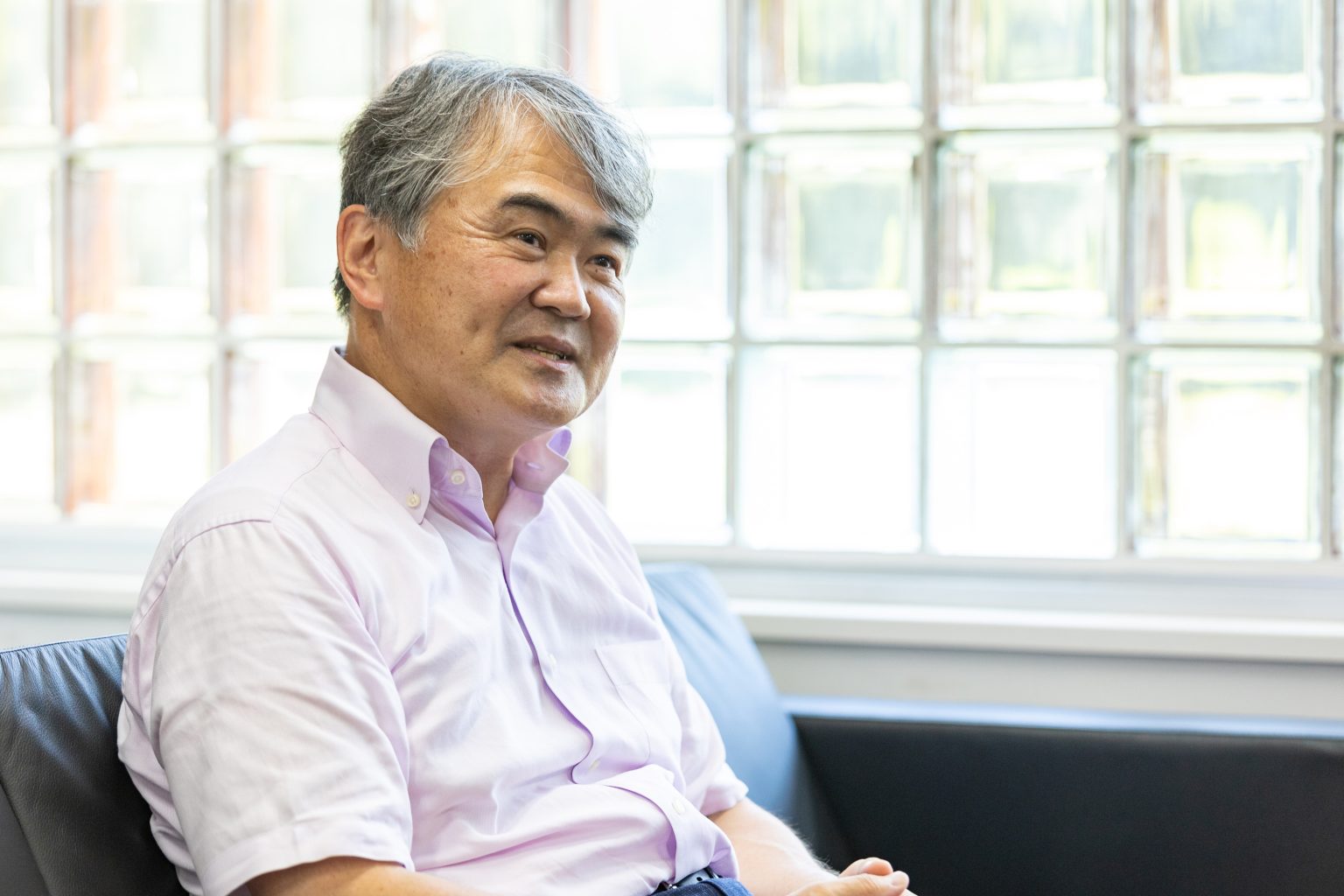
Next, let’s talk about landscape science. What kind of field is this?
Landscape science at Chiba University is a fusion of two types of science. One is design, where the aim is to create beautiful scenery. The other is research on green ecologies. We educate technology specialists (engineers) who not only have superior design skills, but who also have a true and grounded understanding of plant sciences.
We are producing graduates who have expert certification as tree doctors (“arborists”) and in other specialties. Landscapes in Tokyo that you might be familiar with have been designed by graduates of Chiba University, including the famous Shinagawa Inter-City Garden and the Ginza Six Garden.
We consider domains that have an impact on human life to be our top priority. We have experienced unprecedented natural disasters in recent years, and these are occurring every year. Did you know that plants are involved in disaster prevention?
In the Great East Japan Earthquake of 2011, there was distinctively less damage in inland areas protected by coastal forests (e.g., the Hasunuma district of Sammu City, Chiba Prefecture) compared with areas with no such protection (e.g., the Iioka district of Asahi City, Chiba Prefecture). Coastal forests help to reduce the energy in a tsunami and protect residential areas from debris carried in by a wave.
Consider also the important role played by plants and other greenery in helping to restore the mental health of persons traumatized by natural disasters. Our planting of flower gardens and other gardening activities in areas damaged by the tsunami not only improved the landscape, but also brought peace of mind and a little color to the life of the tsunami survivors. We have heard from these people how they have enjoyed watching the growth of the plants, which helped to restore their sanity and encouraged them to look forward to a better tomorrow. The healing power of plants is worth serious consideration in our stressful daily lives in our modern society replete with stressors.
In landscape science, we approach plants and landscapes from all aspects, including other sciences: architecture, disaster prevention, public policy, and health and welfare. Here, we pursue a healthy relationship between plants and people.
The findings of horticultural sciences are also indispensable for space exploration and development
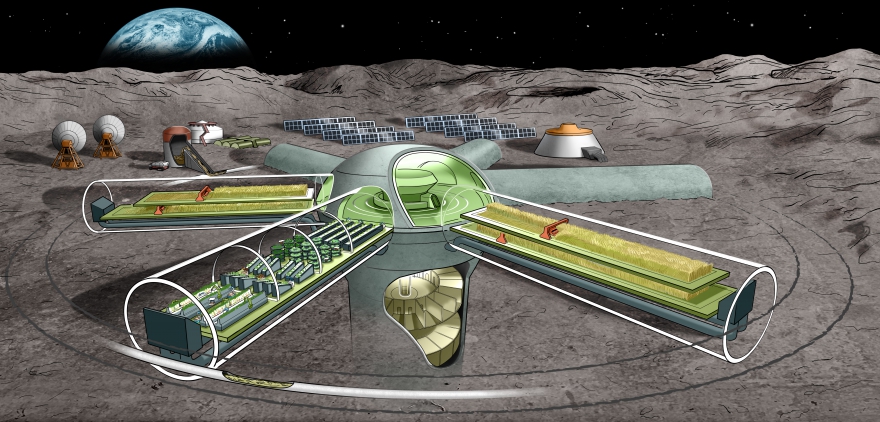
We have learned that your research field is expanding to include outer space as well.
Today, space travel is becoming more of a likelihood for all people. And that means that growing food for consumption in outer space will become an inevitable consideration. One cannot live on artificial foods alone! We also need the enjoyment of eating fresh and familiar foodstuffs. Nevertheless, with current techniques, we cannot expect to supply all the fresh and healthy foods that will be needed in space from Earth. There is also a risk that food will not be delivered from the Earth due to some kind of accident.
The Faculty of Horticulture is working jointly with the Japan Aerospace Exploration Agency (JAXA) to develop agricultural possibilities for the International Space Station (ISS) and the Moon. In our experiment with the ISS, we launched lettuce seeds packaged in polyvinyl packs. On adding water to these packs on the ISS, we succeeded in the world’s first in-package cultivation of lettuce. Because these are individual packs, it is possible to germinate just the necessary amount within each pack and ship them accordingly. In this case, contamination by mold or other foreign matter could be trapped within the single package, without danger of spreading to the external environment.
“Agriculture in space” sounds like an impossible dream. Yet research on space horticulture will contribute enormously to technological developments for agriculture here on Earth. One such area of technology transfer has been “zero-emission” techniques. Remember, in the closed environments for humans in space, waste must not be produced. And because only minimal resources can be made available in these environments, recycling is a must.
These are also techniques indispensable for sustainable, recycling-oriented societies on Earth. So, space horticulture is not just a “pipe dream” of science, but a well-founded research domain that will help us solve some of the key problems we face here on our planet.
The future as envisioned by the Faculty of Horticulture
So, what kind of relationships between humans and plants can we expect for the future?
I have long thought that humans and plants have successfully continued their game of mutual deception from ancient times. Plants are “deceived” when humans arrange them within an environment and cause them to grow ever faster and be more delicious. In beautiful landscapes, plants “trick” the senses to evoke positive feelings in humans. In sum, the interactive relationships between humans, plants, and their environments will continue in the future.
It will be interesting to watch the further development of IT and AI until they are able to respond wherever and whenever, on demand. Imagine an in-home plant factory, where one can order, say, “five ripe tomatoes in three days” by pushing a button on a panel. With a single button press, one can change one’s interior decorations, with fresh flowers or various kinds of potted plants. Maybe what is now “virtual” will become a reality. We always look forward to learning from the ideas conceived by young people as they study at our Faculty.
At the same time, we have data showing that during the COVID-19 pandemic, more people were decorating their rooms with flowers as they began working remotely from home. An increasing number of urban dwellers are growing plants and vegetables on their balconies as well. Plants have a primitive power that generates within us joy and a sense of well-being. The Faculty of Horticulture is drawing out these powers, and all the capabilities of plants, from every possible aspect and angle. We want to continue to provide this kind of exciting learning environment for our students well into the future.
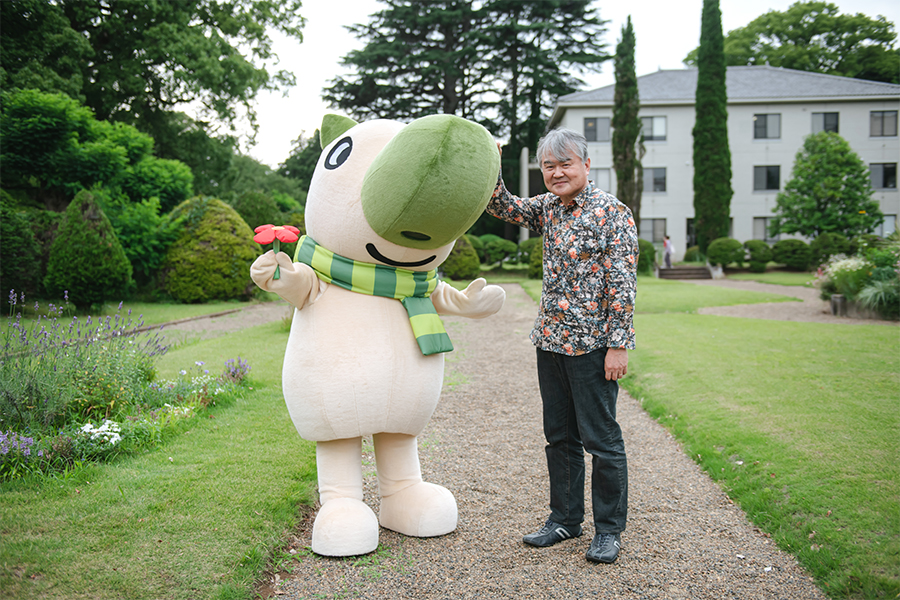
Series
Horticulture Innovation −Creating the Future of "Food" and "Greenery"−
Chiba University is the only national university that accommodates a department of horticulture in Japan. We highlight our researchers who are exploring the possibilities of Food and Landscape.
-
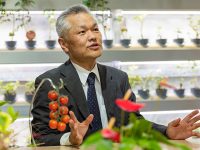
#1
2022.09.27
Fostering Global Well-being Through Horticultural Innovation
-
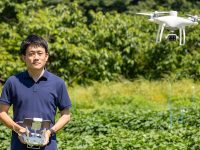
#2
2022.10.17
Making the Invisible Visible: Drones Enabling Agricultural Advances
-
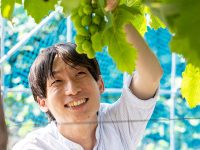
#3
2022.11.07
Designing a world-class climate-resistant fruit!~Developing “Designed Grapes” for Custom-Made Wine to Commemorate Special Occasions
-
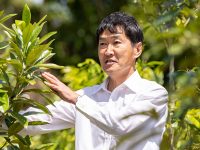
#4
2023.02.02
Towards a self-sustainable natural environment: The science of restoration ecology, where researchers engage in conversation with the earth
-
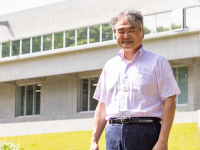
#5
2023.05.19
The reciprocity of life: The interactive relationships between people, plants, and the environment
Recommend
-

The Science Behind Nature’s Touch: Horticultural Therapy and Community Well-Being
2025.01.14
-

Affecting behavioral changes through a combination of mind and body: How can we calmly cope with stress in the event of a disaster?
2023.02.27
-

Bringing Japan’s renowned experiment-based science education to Southeast Asia: Developing sustainable physics teaching materials for the pursuit of a disparity-free society
2023.11.24


